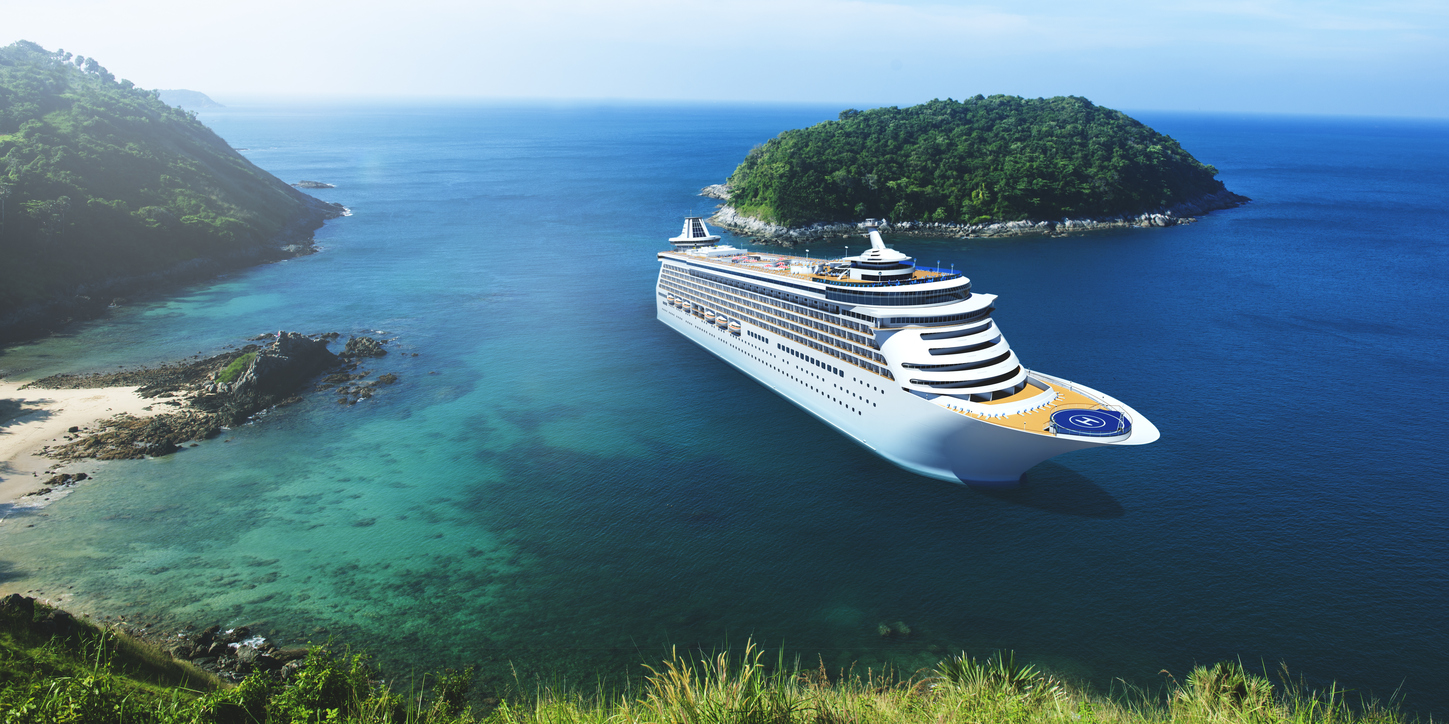In recent years, a growing number of travelers have been trading massive cruise liners for a more intimate, sustainable alternative—eco-friendly micro-cruises. These small-scale voyages are making waves across the tourism industry, offering a new way to explore coastlines without the heavy environmental toll. As climate concerns intensify and travelers seek meaningful experiences, micro-cruises are redefining coastal travel with a focus on environmental stewardship, local culture, and personalized adventure.
What Exactly Is a Micro-Cruise?
Unlike traditional cruise ships that carry thousands of passengers, micro-cruises typically host fewer than 100 guests. These vessels are smaller, more agile, and designed to access secluded coves, bays, and coastal villages that larger ships can’t reach. With less crowding and a more relaxed pace, micro-cruises provide a closer connection to both nature and local communities.
What sets eco-friendly micro-cruises apart is their commitment to sustainability. Many of these operators use low-emission or hybrid engines, solar-powered systems, and waste-reduction strategies to limit their environmental impact. It’s travel with a lighter footprint—and a deeper purpose.
Greener Alternatives to Mega Ships
Traditional cruise ships have long faced criticism for their environmental impact, including high fuel consumption, waste production, and pollution. Micro-cruises, in contrast, are leading a new wave of green maritime tourism. These eco-conscious vessels often use advanced technology like battery-assisted propulsion, wind power, and greywater recycling systems. Some even commit to “zero single-use plastics” policies onboard.
The result? A quieter, cleaner, and more responsible journey through fragile marine ecosystems.
Local Culture and Community Connection
One of the most appealing aspects of eco-friendly micro-cruises is their emphasis on immersive local experiences. Instead of docking at massive ports, these small ships anchor near lesser-known fishing villages, heritage islands, or protected marine parks. Travelers often get the opportunity to interact directly with local artisans, chefs, historians, and conservationists.
This approach benefits not only the traveler, who enjoys a more authentic experience, but also local economies. Tourism revenue flows into small businesses and cultural preservation efforts—rather than giant corporate cruise lines.
Personalized Travel Without the Fuss
Micro-cruises also provide a far more personal experience. With a smaller guest count, there’s no need for long lines or crowded dining halls. The itineraries are flexible, often adjusted according to weather, wildlife sightings, or guest interest. Think kayaking through a quiet mangrove at sunrise or joining a marine biologist for a guided snorkeling tour.
The crew-to-guest ratio is typically high, resulting in excellent service and the ability to cater to individual needs—whether it’s dietary restrictions, photography workshops, or wellness sessions onboard.
Destinations Perfect for Eco-Friendly Micro-Cruising
From the rugged coastlines of Norway to the biodiverse Galápagos Islands, micro-cruise routes are popping up in some of the world’s most stunning coastal regions. Southeast Asia, the Mediterranean, Alaska, and the South Pacific are all embracing this trend, offering routes designed to blend luxury with conservation.
Many micro-cruise companies partner with environmental NGOs and donate a portion of their profits to conservation projects—ensuring that these pristine destinations remain unspoiled for future generations.
A New Standard in Sustainable Travel
Eco-friendly micro-cruises are more than just a travel trend—they represent a shift in values. Travelers today want more than a vacation; they want connection, authenticity, and responsibility. By choosing micro-cruises, they’re rejecting mass tourism in favor of a thoughtful, curated experience that respects both nature and culture.
As the industry continues to evolve, these sustainable voyages may well become the gold standard for coastal exploration—proving that you can see the world without harming it.
Here are some helpful resources to explore :
https://homeimprovementcarmel.com/
https://mabsnews.com/
https://dunyapaknews.com/
https://kentraveling.com/
https://indihomekeluarga.com/
https://sportsnewsriet.com/
https://kodangnews.com/
https://cloudsnewsnetwork.com/
https://aworkforce.org/
https://floornhome.com/
https://basementlighting.org/
https://newcarreleasenews.com/
https://shaheennewstv.com/
https://almodonnews.com/
https://registercents.com/
https://newsarenas.com/
https://rkvnews.com/
https://keralanewsonline.com/
https://buuhoodlenews.com/
https://homedecorfurnitureandaccessories.com/
https://webtotalfitness.com/
https://tinafashionsaigon.com/
https://floridahealthsite.org/
https://askmeforum.com/
https://theclevelandhomecoming.com/
https://jcarettrealestate.com/
https://idealnewstv.com/
https://univetmedicine.com/
https://muraipokertop.com/
https://newslead.net/









